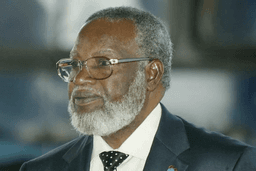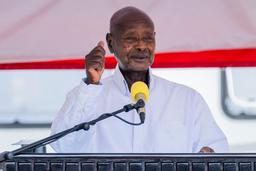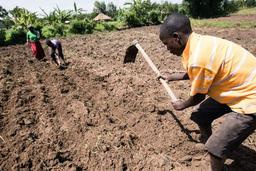Lesotho
Lesotho is a small, mountainous country in southern Africa, completely surrounded by South Africa, often called the “Kingdom in the Sky” because of its high elevation. It is a constitutional monarchy with a population of about 2 million, and its capital is Maseru. The official languages are Sesotho and English. Lesotho’s economy relies on textile manufacturing, water exports, agriculture, and remittances from workers in South Africa, but it faces challenges like widespread poverty and high HIV/AIDS prevalence. Formerly known as Basutoland under British rule, Lesotho gained independence in 1966 and maintains a distinct cultural and national identity.

2.3(2023) Million

Southern Africa

30,355 sq km

GMT+02:00

Sesotho, English

Loti (LSL)

Christianity, Islam

King Letsie III
Brief
Lesotho is a high-altitude, landlocked kingdom encircled by South Africa, is crisscrossed by a network of rivers and mountain ranges including the 3,482m-high peak of Thabana Ntlenyana. Lesotho’s history is marked by its origins as the kingdom of the Basotho people, founded in the early 19th century by King Moshoeshoe I, who united various clans to resist external threats, including Zulu raids and Boer encroachments. In 1868, to protect his people from Boer expansion, Moshoeshoe sought British protection, making Lesotho (then called Basutoland) a British protectorate. The country remained under British rule until gaining full independence in 1966, adopting the name Lesotho. Since independence, Lesotho has experienced periods of political instability, including military coups and contested elections, but has maintained its monarchy and developed democratic institutions. Throughout its history, Lesotho’s rugged geography has shaped its social and economic development, fostering a strong sense of cultural identity and resilience among its people.
Photos and Videos
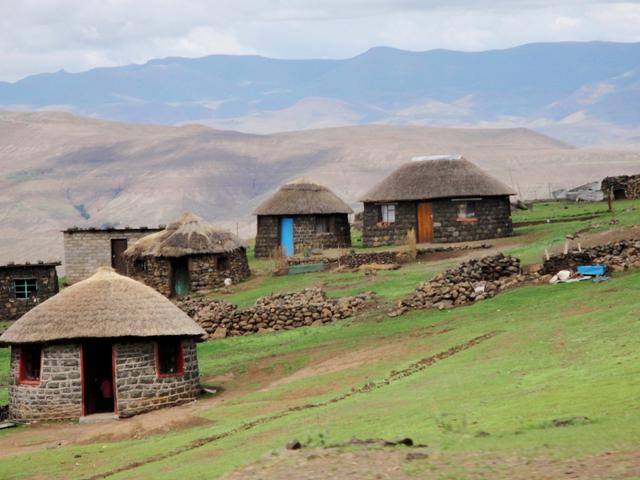

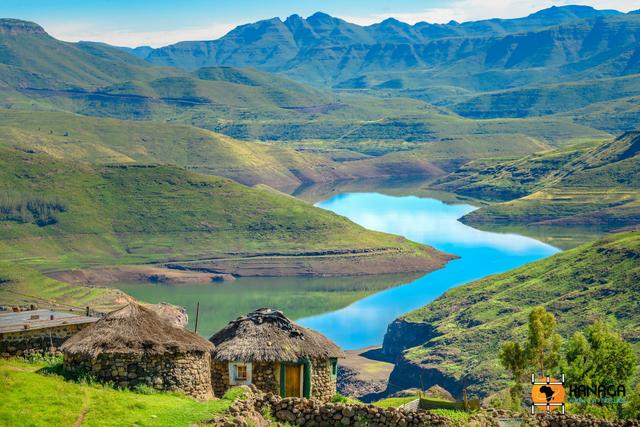
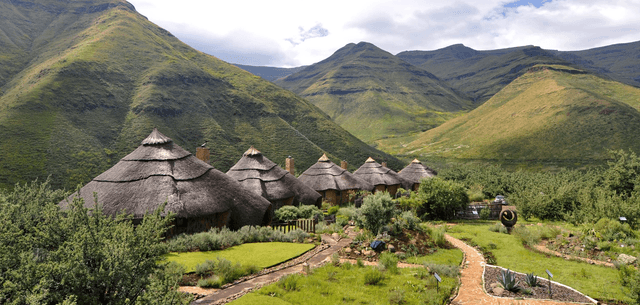
National anthem
Cultural Life
Cultural milieu
Lesotho’s cultural milieu is deeply rooted in the traditions and customs of the Basotho people, who form the majority of the population. Central to their culture is the Sesotho language, which unites the nation and preserves oral history, folklore, and traditional songs. The Basotho are known for their distinctive traditional dress, especially the colorful Basotho blanket and conical hats called mokorotlo, which symbolize national pride and identity. Family and community ties are strong, with a social structure based on extended kinship networks and respect for elders. Cultural practices include music, dance, and storytelling, which play important roles in ceremonies such as weddings, initiations, and funerals. Christianity also influences many aspects of daily life, blending with indigenous beliefs in some rituals. Overall, Lesotho’s cultural landscape reflects a blend of resilience, heritage, and adaptation to modern influences while preserving a rich sense of identity.
Daily life and social customs
Life in Lesotho is a blend of traditional Basotho culture and modern influences, particularly noticeable in the capital, Maseru, with its mix of local and Western-style buildings. Rural life centers around agriculture and village structures, while urban areas show a greater degree of modernization. Most Basotho live in rural villages characterized by traditional kraals (family compounds) and agricultural activities. Elders are highly respected, and their wisdom is valued in decision-making. Basotho are known for their warm hospitality and welcoming nature.

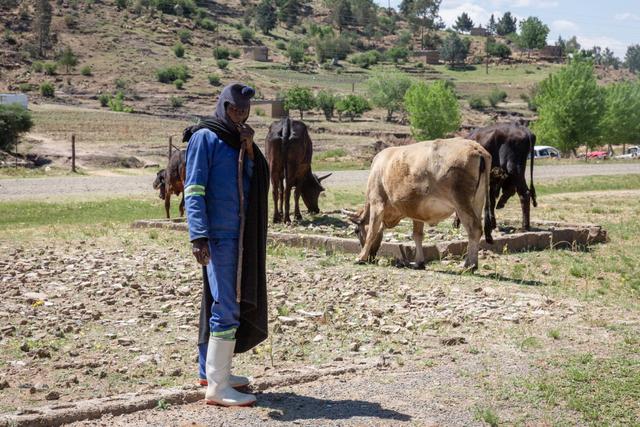
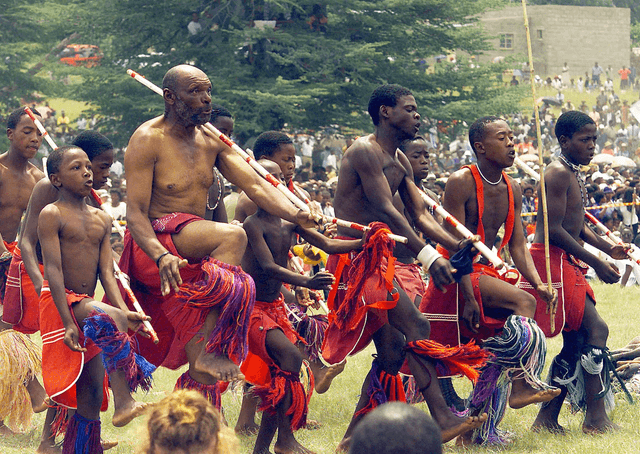
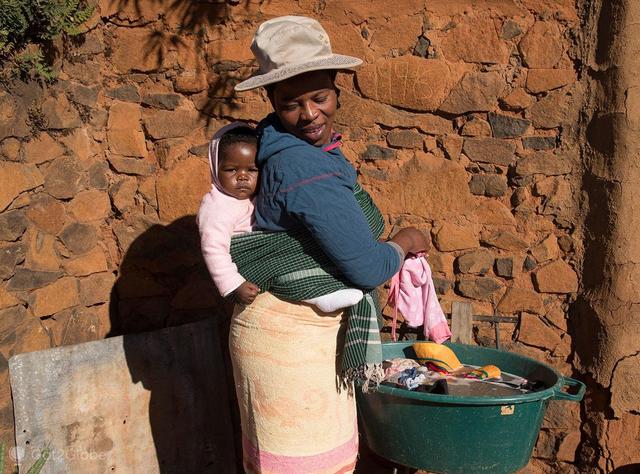
Cuisine
Lesotho's cuisine is characterized by hearty, traditional dishes, with a focus on cornmeal, sorghum, and locally sourced ingredients. Popular dishes include papa (maize meal porridge), motoho (fermented sorghum porridge), and likhobe (a stew with beans, berries, and sorghum). Meat dishes, often stews, and vegetable-based meals are also common, with a notable absence of overly spicy flavors.




Music
Music in Lesotho is a vibrant expression of Basotho culture, blending traditional sounds with modern influences. Traditional music features vocal harmonies, call-and-response singing, and percussion instruments like the drum and lesiba (a unique stringed wind instrument). Folk songs often accompany community events such as weddings, initiations, and harvest festivals, preserving oral histories and moral teachings. Famo, a popular musical genre, combines accordion melodies, energetic vocals, and rhythmic lyrics, often reflecting social themes, politics, and daily life. Modern Basotho music includes influences from gospel, kwaito, hip-hop, and Afro-pop, with artists using both Sesotho and English. Music remains a powerful tool for storytelling, celebration, and social commentary in Lesotho’s cultural life. Lesotho's music scene is a rich tapestry woven from traditional forms and contemporary styles. Famo, a genre with accordion, singing, and drums, is deeply rooted in the migrant worker culture. Traditional music, accompanied by flutes, stringed instruments, and vocal harmonies, is vital to Basotho culture, often played at celebrations and dances. More modern genres like pop, R&B, and hip hop are also gaining popularity.


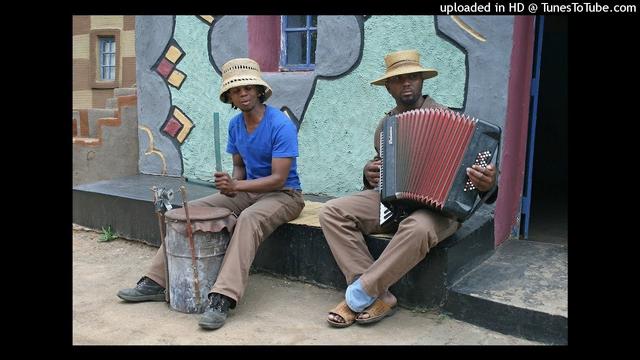
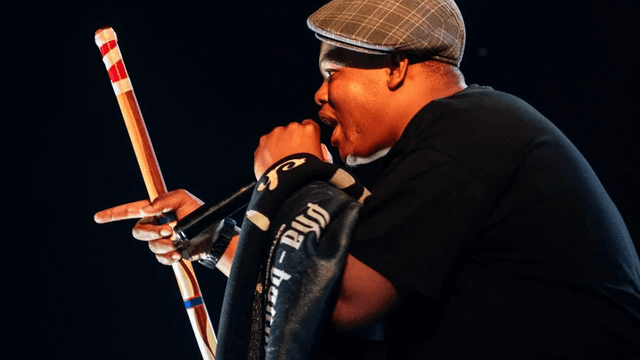
gospel
Traditional Song
The arts
The arts in Lesotho are a rich reflection of the country’s cultural heritage and daily life, deeply intertwined with Basotho traditions. Visual arts often include craftsmanship such as basket weaving, pottery, and textile production, notably the famous Basotho blankets, which are both functional and symbolic. Traditional beadwork and wood carving are also common, creating items used in ceremonies and everyday life. Storytelling, dance, and music are vital artistic expressions, with performances often held during cultural rituals, festivals, and social gatherings. Contemporary artists increasingly blend traditional motifs with modern techniques in painting, sculpture, and mixed media, exploring themes of identity, social change, and history. Overall, the arts in Lesotho serve as a vibrant medium for preserving heritage and expressing evolving cultural narratives.
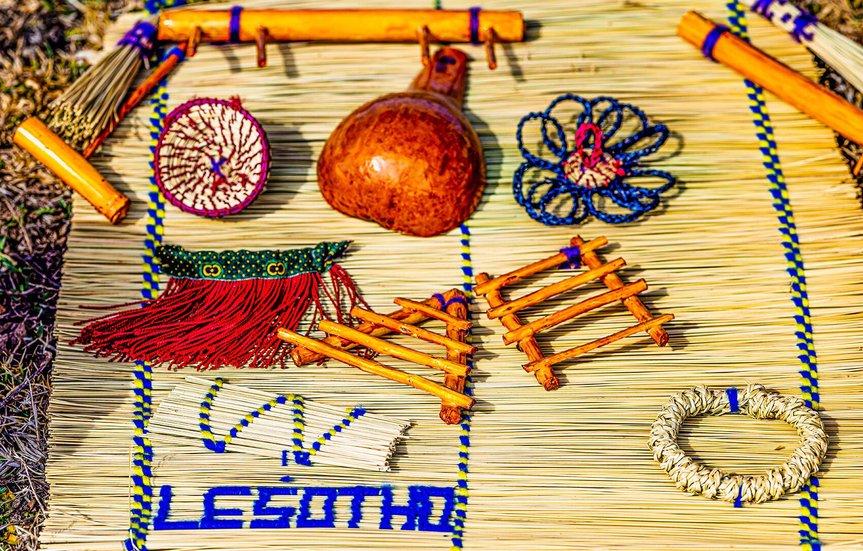



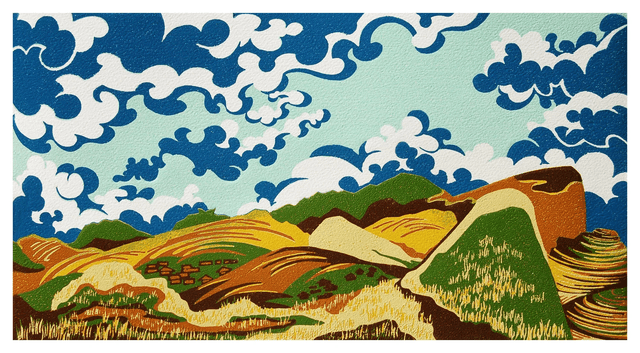
People
Ethnic groups
Lesotho is predominantly inhabited by the Basotho people, who make up nearly the entire population and share a common language (Sesotho), culture, and heritage. The Basotho are the country’s sole major ethnic group, with a strong sense of national identity rooted in their shared history and traditions. Due to Lesotho’s geographic isolation as a mountainous enclave within South Africa, there is very little ethnic diversity compared to neighboring countries. A small number of expatriates and immigrants from neighboring nations live in urban areas, but these groups constitute only a tiny fraction of the population. Overall, Lesotho is ethnically homogeneous, centered around the Basotho people.
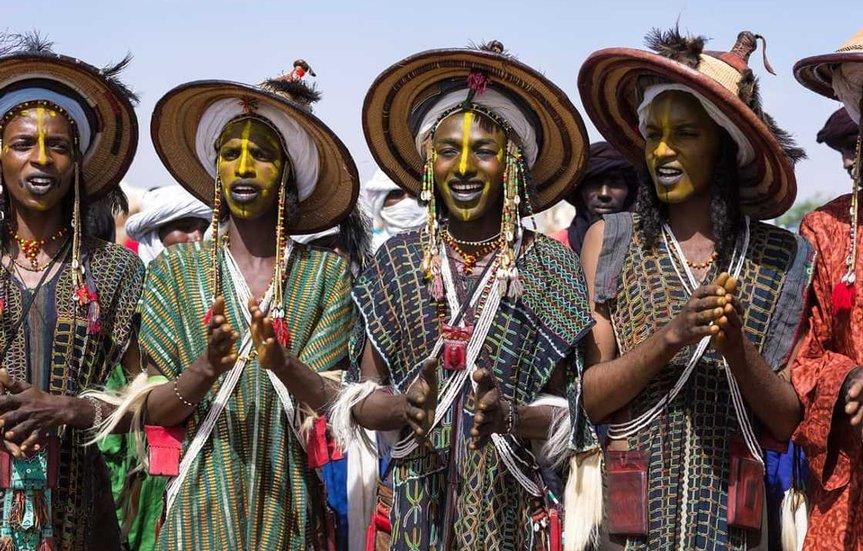


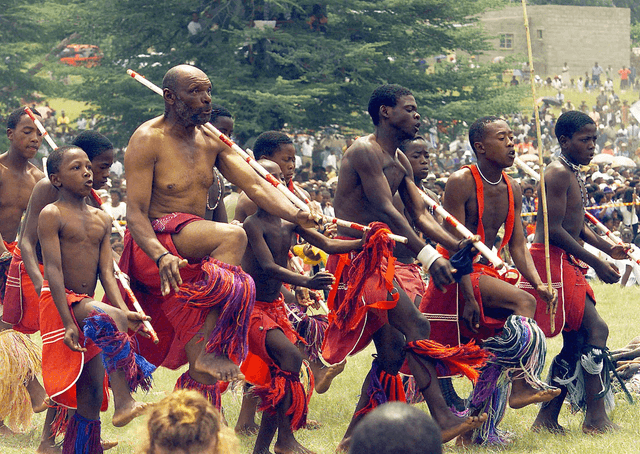

Religion
Most people in Lesotho are Christians, with the majority belonging to the Roman Catholic Church and various Protestant denominations. Christianity plays a central role in the country’s cultural and social life. There are also small communities practicing indigenous African traditional beliefs, often blending them with Christian practices. Islam and other religions are present but represent only a tiny minority of the population.
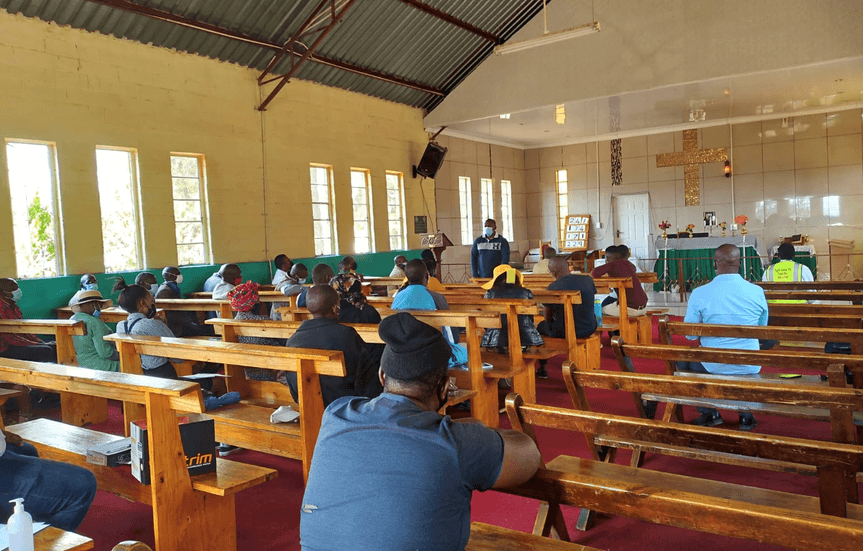
Settlement patterns
Settlement patterns in Lesotho are largely shaped by its mountainous terrain and rural economy. Most people live in small, scattered villages located in valleys and plateaus where farming is possible. The majority of settlements are rural, with traditional hut-style homes built from stone or mud, often clustered around family or clan units. The capital city, Maseru, is the largest urban center and the main hub for government, commerce, and services, attracting migration from rural areas. Other smaller towns serve as local trade and administrative centers. Due to the challenging topography, infrastructure like roads and utilities is limited in remote areas, which influences population distribution and access to services. Overall, Lesotho’s settlements reflect a balance between traditional rural lifestyles and gradual urbanization.
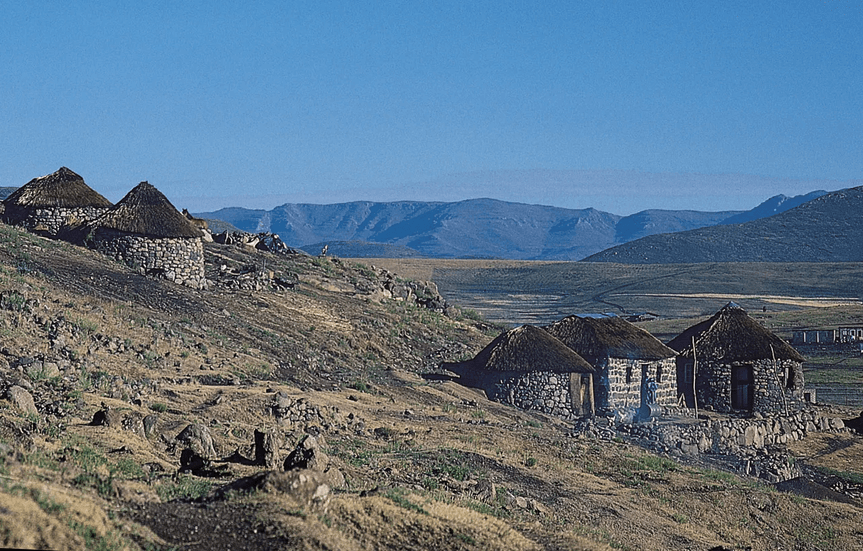
The highland regions of Lesotho, including the Maloti and Drakensberg ranges, are home to much of the population and serve as centers of Basotho cultural identity. Traditional villages are often located on hillsides or ridges for defense and better grazing access. Dwellings are typically simple round huts called mokhoro, constructed of stone or mud with thatched roofs, and are clustered together in small settlements. Because level ground is scarce in the mountains, terracing is used to create fields along slopes and valleys. The main subsistence crops include maize and sorghum, planted during the summer rainy season, while vegetables are grown in home gardens. In many areas, households also grow beans and potatoes as staple or cash crops suited to the cool climate. Livestock rearing, especially of sheep and goats, is an important complement to crop farming, providing wool, mohair, meat, and income. Some herders practice transhumance, seasonally moving flocks to high-altitude grazing areas during summer and returning to lower elevations in winter, where they stay in temporary stone shelters or huts built near grazing land.
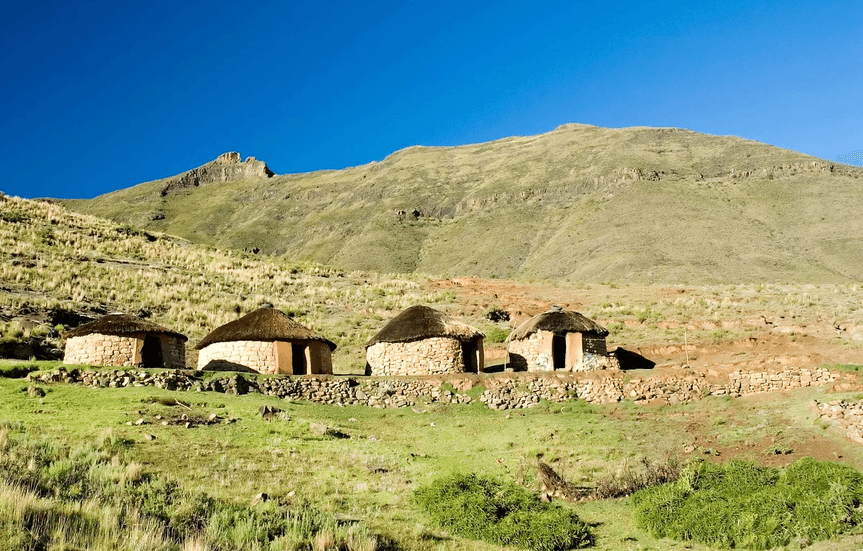
Urban settlement
Urban settlement in Lesotho is limited, with only a small share of the population living in towns and cities. The largest urban area is the capital, Maseru, which serves as the country’s main administrative, commercial, and industrial center. Other urban settlements, such as Maputsoe, Hlotse, Teyateyaneng, Mafeteng, and Mohale’s Hoek, function as regional market towns and service hubs for surrounding rural areas. Urban growth has been driven by rural-to-urban migration in search of jobs, education, and better infrastructure, but many urban areas still face challenges like inadequate housing, informal settlements, and limited public services. Despite gradual urbanization, Lesotho remains predominantly rural, with most people maintaining close ties to their home villages.

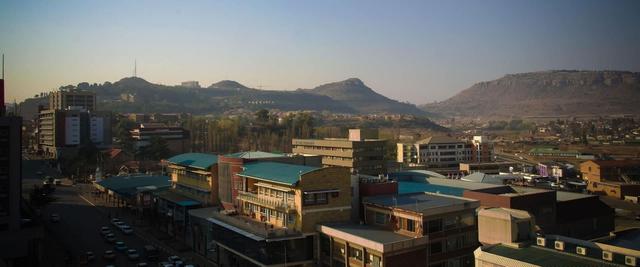
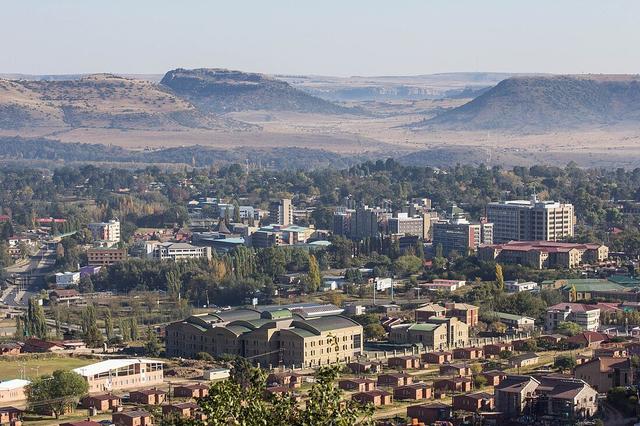

Demographic trends
Lesotho's demographics reveal a country with a youthful population experiencing a moderate growth rate. The population is relatively young, with a significant proportion under 15 years old. However, Lesotho is also seeing an increase in its older population, which creates a demand for social protection and care services. The population is youthful (median age ~24–25 years), with roughly one-third under 15 and ~6% aged 65+ . About 30–32% of people now live in urban areas—primarily in Maseru and regional towns—reflecting ongoing urbanization at ~2.8% per year . The sex ratio is nearly balanced overall (≈0.98 male/female), though more men migrate abroad, leading to fewer working-age men at home . Lesotho’s ongoing challenges include a very high HIV prevalence (~23–25% among adults), which continues to impact life expectancy, mortality patterns, and population growth
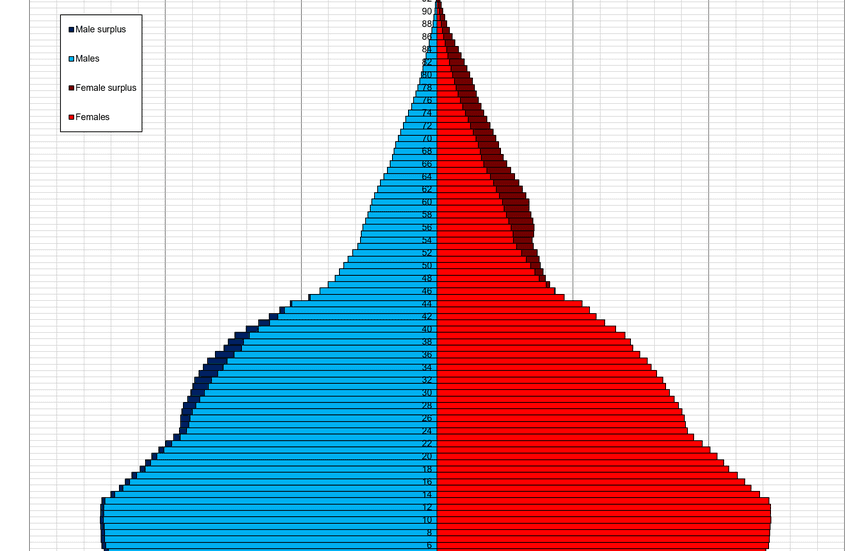
Touristic Cities
Maseru City
Maseru is the capital and largest city of Lesotho, located on the country’s western border with South Africa, right next to the Maseru Bridge crossing the Caledon River. Founded as a small police camp in the late 19th century, Maseru grew into Lesotho’s main political, economic, and cultural center. Today, it has a population of over 300,000 and is the country’s hub for government administration, commerce, and services. The city features modern facilities alongside traditional markets, with landmarks such as the Basotho Hat craft center, Royal Palace, and nearby Thaba Bosiu, the historical mountain stronghold of King Moshoeshoe I. Maseru is also the starting point for travelers exploring Lesotho’s highlands and offers accommodations, restaurants, and shops catering to both locals and visitors. Despite rapid growth, it retains a relaxed, small-city feel surrounded by scenic hills and farmland.
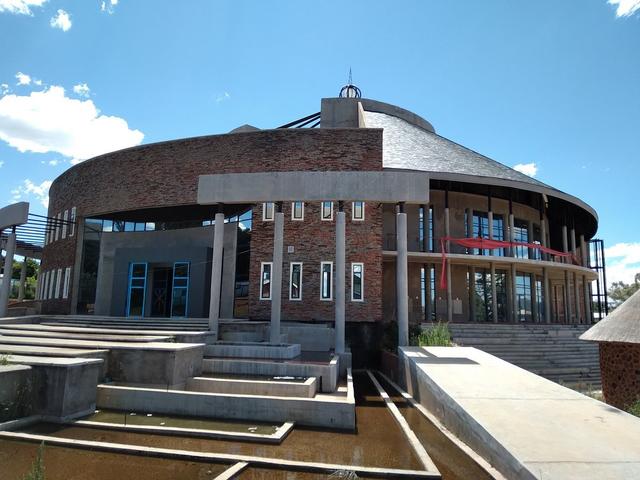
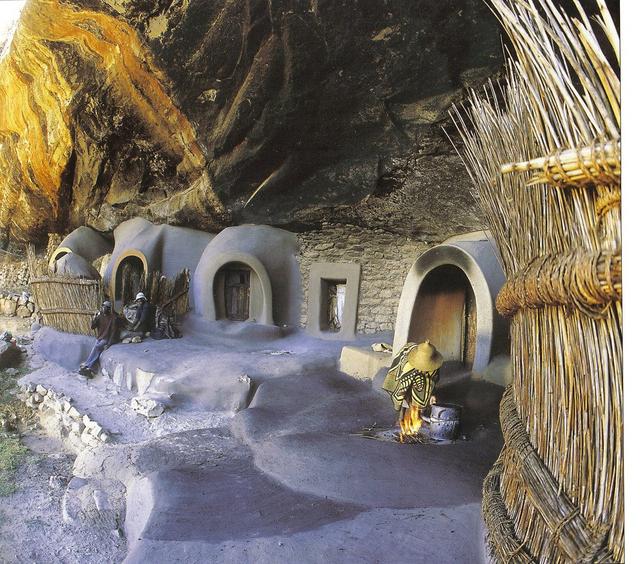

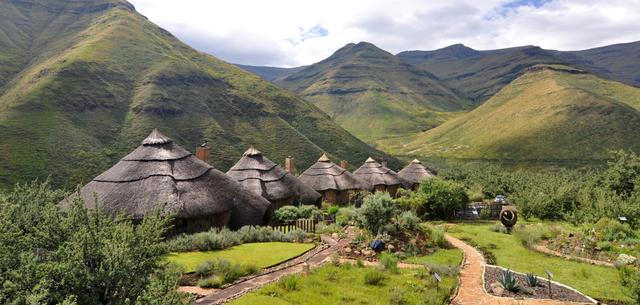
Mokhotlong
Mokhotlong is a remote highland town and district capital in northeastern Lesotho, known locally as the “Place of the Bald Ibis.” Perched at around 2,512 m above sea level, it's the first major settlement reached by travelers crossing the Sani Pass into the Maloti–Drakensberg mountains . Originally founded as a police post in 1905, it evolved into a vital trading hub, connected by airstrip and radio in the mid-20th century, and still partly served by pony treks.
Semonkong
Semonkong, meaning "Place of Smoke," is a mountainous village in central Lesotho’s Maseru District, with roughly 7,800 inhabitants. It sits at about 2,275 m above sea level amid dramatic basalt cliffs and is renowned for the majestic Maletsunyane Falls, a single-drop waterfall plunging approximately 192 m into a deep gorge, whose mist gives the area its evocative name . The town was founded in the early 1880s by Basotho refugees after the Basuto Gun War. Today, Semonkong is a hub for adventure tourism—offering trekking, pony rides, abseiling (via the world’s highest commercial descent), fishing, and birdwatching—largely centered around Semonkong Lodge on the riverbank. The surrounding highlands feature dramatic gorges, seasonal snow, and alpine flora like spiral aloe, making it a captivating destination for nature lovers and cultural explorers alike.


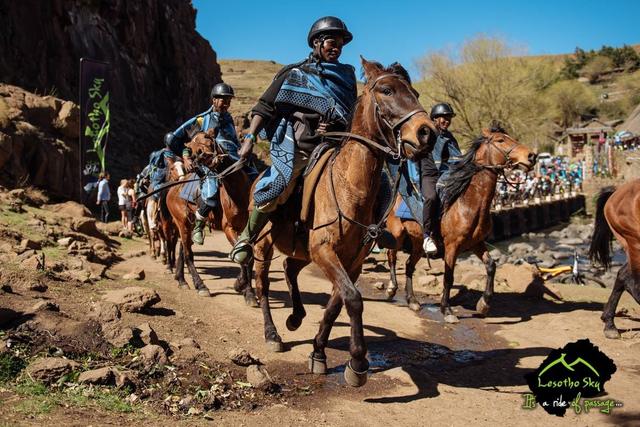
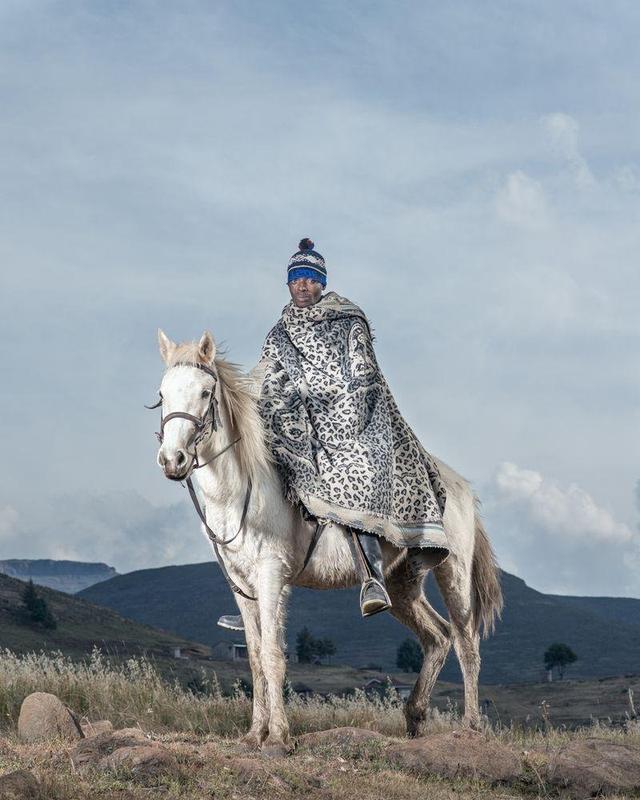
Hlotse (Leribe)
Hlotse (also known as Leribe) is a vibrant market town and the administrative capital of Leribe District in northern Lesotho. Situated on the Hlotse River near the South African border, it was founded in 1876 by British missionary Reverend John Widdicombe and later named Leribe after a nearby French Protestant mission established in 1859 by François Coillard. As of 2016, the town’s population was about 38,558 inhabitants.
Accomodation
Guest houses
Guest houses in Lesotho offer welcoming, comfortable accommodations ranging from simple family-run lodgings to well-equipped bed-and-breakfasts, providing a homely alternative to hotels. In Maseru, popular options like Greenlake Guesthouse, Lion Rock View Guesthouse, and Boikhutsong B&B cater to travelers looking for convenient access to the city’s shops and government offices while enjoying warm hospitality and hearty meals. In the mountain regions, guest houses such as Mants’ebo, Boikhethelo, and Scenery Guest House in Mokhotlong provide cozy rooms with beautiful views of the highlands, heated bedding for cold nights, and easy access to outdoor adventures like hiking and pony trekking. Overall, these guest houses combine personal service, local character, and good value, making them an excellent choice for exploring Lesotho.




Hotels and resorts
Hotels and resorts in Lesotho range from modest, comfortable establishments in urban centers like Maseru to more scenic lodges and mountain retreats in the highlands. In Maseru, hotels offer convenient access to business districts and government offices, with amenities such as restaurants, conference facilities, and secure parking. For travelers seeking nature and adventure, resorts near attractions like the Maletsunyane Falls or Sani Pass provide tranquil settings, often featuring stunning views, guided tours, and outdoor activities like hiking, pony trekking, and fishing. While Lesotho’s hospitality industry is still developing, many hotels and resorts emphasize warm Basotho hospitality and cultural experiences, making stays both relaxing and authentic.




Riads
Lesotho’s traditional homes are mainly round huts (mokhoro) made of stone or mud with thatched roofs, reflecting the local Basotho culture and mountain environment. Accommodation in Lesotho usually consists of guest houses, lodges, hotels, and mountain huts rather than riads.
Campings
Camping in Lesotho offers a unique way to experience the country’s stunning mountain landscapes and traditional culture up close. There are several designated camping sites, especially near popular tourist spots like Sani Pass, Maletsunyane Falls (Semonkong), and Sehlabathebe National Park. These sites often provide basic facilities such as fire pits, toilets, and sometimes showers, but camping is generally rustic and close to nature. Many travelers also enjoy wild camping or staying at farms and lodges that offer safe, scenic camping spots with local hospitality. Camping is popular for hikers, pony trekkers, and adventurers looking to immerse themselves in Lesotho’s rugged beauty and star-filled skies.

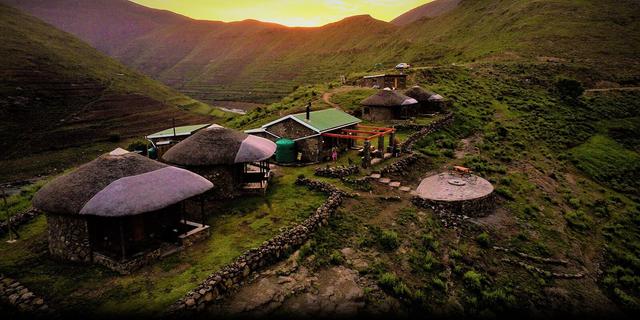


Requirements for Visa
- Passport
- Passport Photo
- Proof of Accommodation
- Travel Itinerary
- Proof of Funds
- Yellow Fever Vaccination
- Invitation Letter (if applicable)
- Application Form
At the time of visa issuance, please provide the following documents
- Completed visa application form
- Valid passport
- Passport-size photographs
- Proof of travel itinerary
- Proof of accommodation
- Evidence of sufficient funds
- Yellow fever vaccination certificate (if arriving from a country where yellow fever is endemic)
- Visa fee payment receipt
- Letter stating the purpose of your visit
Useful Links
- Lesotho High Commission (South Africa)
- Lesotho Department of Immigration
- Lesotho Visa Information (VisaHQ)
- Lesotho Tourism (Tourist Visa Information)
- Lesotho Visa Requirements (Travel Docs)
Economy of Lesotho
Agriculture, forestry, and fishing
Agriculture, forestry, and fishing in Lesotho form the backbone of rural livelihoods, though the sector contributes a modest share to the national GDP. The majority of Basotho are engaged in subsistence farming, growing crops such as maize, sorghum, wheat, and beans on small plots often affected by soil erosion and erratic rainfall. Livestock—particularly sheep, goats, and cattle—are widely kept, with wool and mohair being important export products. Forest cover is limited, and forestry activities are mostly small-scale, focused on fuelwood and community-managed tree planting. Fishing is not a major economic activity but is practiced in rivers and dams, mainly for local consumption. The harsh climate, mountainous terrain, and environmental degradation pose significant challenges to expanding this sector, although efforts are underway to improve productivity through irrigation, reforestation, and climate-resilient practices.
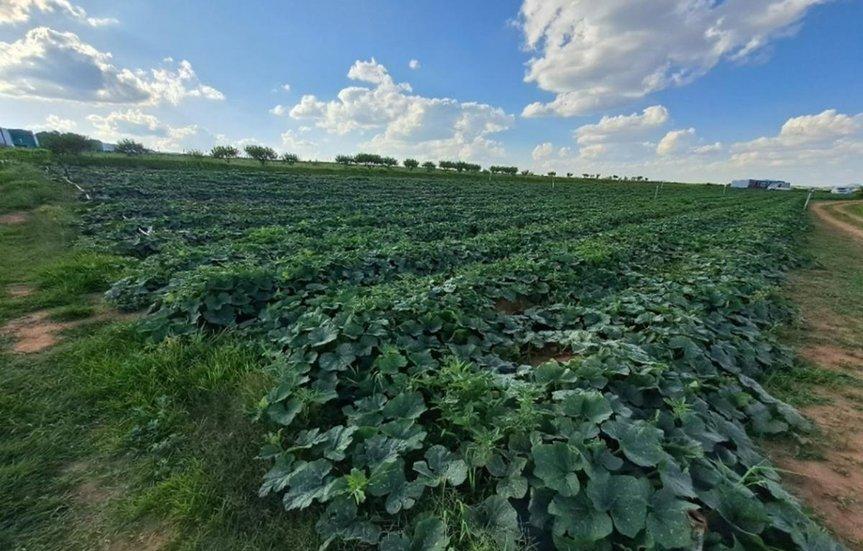
Resources and power
Lesotho’s natural resources and power sector are shaped by its mountainous terrain and limited mineral wealth. The country’s most valuable resource is water, harnessed through the Lesotho Highlands Water Project, which supplies large volumes to South Africa and generates significant hydroelectric power for domestic use. Lesotho has some deposits of diamonds, mined commercially at the Letšeng and Liqhobong mines, which contribute important export earnings. Other minerals exist in smaller quantities but are not extensively exploited. Fossil fuel resources are scarce, so petroleum products are imported. Electricity production relies mainly on hydropower, supplemented by imports from South Africa’s grid to meet demand. While access to electricity has improved in urban areas, many rural households still depend on fuelwood and other traditional energy sources, making energy expansion and diversification key development goals.
Manufacturing
Manufacturing in Lesotho is a vital pillar of the economy, accounting for around 14% of GDP. The sector is anchored by textiles and apparel, which dominate exports—mainly under trade agreements to the U.S. and increasingly to South Africa—and support about 40,000 workers, predominantly women. Leather, footwear, electronics, and automotive components are emerging niches, supported by government incentives. While employment has declined since late 2023 due to a downturn in global orders, wages have risen, especially in leather and textiles. The sector faces serious challenges, including vulnerability to external tariffs, energy constraints, infrastructure gaps, low productivity, and over-reliance on imported inputs. Still, ongoing diversification efforts, policy reforms, and regional trade agreements aim to enhance resilience and sustain its role as Lesotho’s industrial backbone.
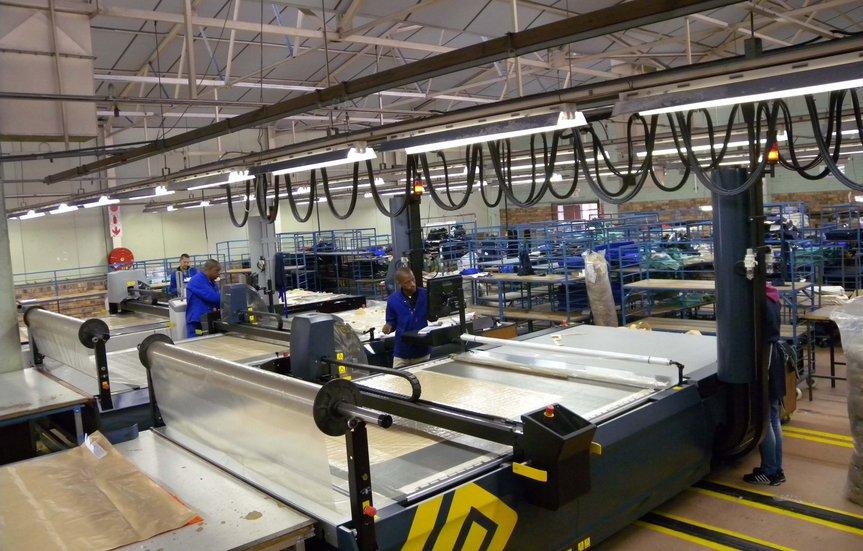
Finance
Lesotho’s financial system is bank-centric, with four commercial banks—three subsidiaries of South African groups and one government-owned—holding assets equivalent to around 50% of GDP. In 2023, bank credit to the private sector reached about 24.5% of GDP, up from around 21% the previous year, but still well below the global average. Non-performing loans rose to 4.84% in early 2025, compared to 3.84% at the end of 2023, although this remains moderate relative to regional peers. The banking sector is well-capitalized, with capital adequacy around 17%, exceeding regulatory requirements, and resilience strengthened under tighter monetary policy. Financial inclusion is improving: mobile money usage has grown rapidly since 2015, and the new LeSwitch national payment platform enables seamless, cost-effective ATM and point‑of‑sale transactions, helping integrate more people into the formal financial system. Non-bank financial institutions—including insurance companies, pension funds, microfinance institutions, and savings cooperatives—account for over half of the country’s financial assets. Despite these positives, lending remains concentrated in salaried individuals and formal enterprises, while small businesses and rural households continue to face barriers due to limited intermediation and regulatory constraints. Overall, Lesotho’s financial system is stable and increasingly digital, though expanding access to credit and services for underserved groups remains a key development priority.

Trade
Trade in Lesotho is characterized by a substantial trade deficit, reflecting the country's heavy reliance on imports for food, fuel, machinery, and consumer goods, while exports are dominated by textile products—especially garments produced under preferential trade programs—and water exports via the Lesotho Highlands Water Project. Regional and international trade agreements, including AGOA (African Growth and Opportunity Act), EU partnerships, COMESA, and SACU membership, provide market access but also underscore dependency on external demand. The Port of Durban in South Africa serves as Lesotho’s primary logistics gateway, as Lesotho lacks its own seaport. To reduce import dependency and improve trade balance, the government is promoting value-adding industries such as processed clothing, agriculture (e.g., legumes and horticulture), and niche exports like mohair, wool, and craft products. Trade diversification and improved infrastructure remain central goals in national development strategies.
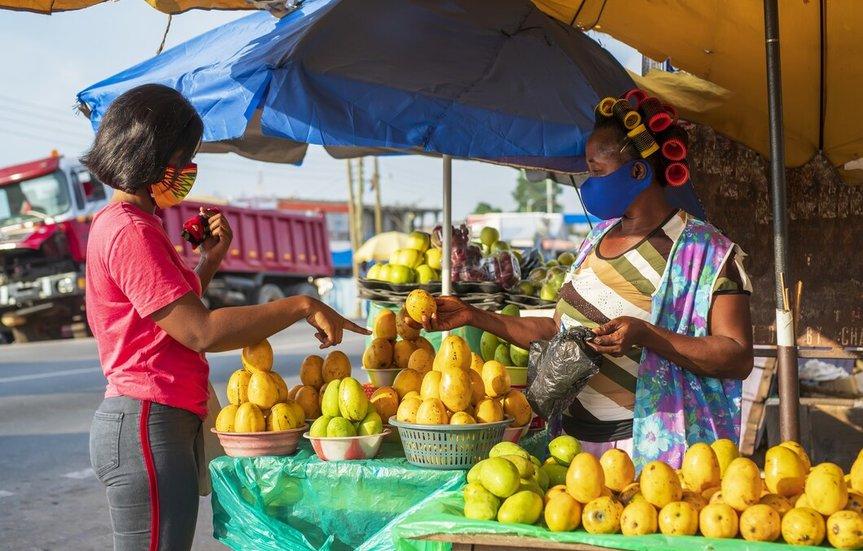
Labour and taxation
Lesotho’s labor market features a relatively small but increasingly educated workforce, with a low unemployment rate that nonetheless conceals high levels of underemployment and youth joblessness. The country relies significantly on foreign labor—particularly migrant workers in South Africa—while striving to boost local employment through vocational training and the promotion of small and medium enterprises. Lesotho enforces a statutory minimum wage and a formal workweek, with labor laws ensuring basic protections like paid leave, overtime pay, and workplace safety. In terms of taxation, Lesotho operates a centralized system administered by the Seychelles Revenue Commission equivalent, which includes progressive personal and corporate income taxes, a standard value-added tax of approximately 15%, and withholding taxes on dividends, interest, and royalties. Additional levies cover property, stamp duties, and a modest corporate social responsibility tax. The tax regime also includes incentives for investors in sectors such as renewable energy, manufacturing, aquaculture, and eco-tourism, reflecting a policy focus on economic diversification and sustainable growth.
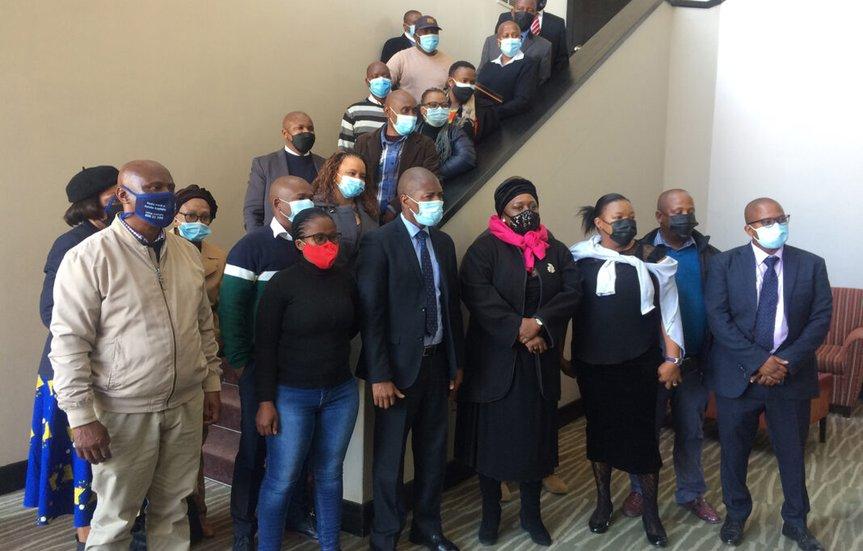
Transportation and telecommunications
Lesotho’s transportation and telecommunications systems reflect its mountainous terrain and efforts to improve connectivity. The country lacks seaports and has only a short rail spur linking Maseru to South Africa’s network, so most movement relies on roads, which total over 6,000 km, with about 1,000 km paved. Air transport is served by Moshoeshoe I International Airport and several smaller airstrips, while in rural areas, Basotho ponies, ox-carts, and wheelbarrows remain common for moving goods and people. Telecommunications have advanced rapidly, with two main mobile operators, Vodacom Lesotho and Econet Telecom Lesotho, providing broad 2G/3G coverage and growing 4G and early 5G services, leading to nearly 90% mobile penetration. Internet access primarily depends on mobile broadband, reaching about half the population, though fixed-line infrastructure remains limited and costly outside urban areas. While coverage is relatively strong in towns, rural communities face gaps in affordability and service quality. Regulatory initiatives and investment in fiber, solar-powered towers, and e-government are gradually closing these divides and supporting economic and social development.
Latest News in Lesotho
Politics
The first president of independent Namibia, Sam Nujoma, has died at the age of 95 in the capital Windhoek, the country's current leader has announced.
Politics
Ugandan President Yoweri Museveni has officially announced his intention to seek re-election in the 2026 presidential race, extending his nearly four-decade rule. Museveni, who has been in power since 1986, is once again positioning himself as the steady hand guiding Uganda through challenges. His decision has sparked mixed reactions, with supporters praising his leadership and longevity, while critics call for fresh leadership and political reform. As the nation looks ahead to the 2026 elections, Uganda braces for a heated political contest.
Politics
Peace Agreement with DRC Rwanda and the Democratic Republic of Congo (DRC) signed a U.S.-brokered peace deal aimed at ending conflict and promoting regional trade. Rwanda agreed to stop supporting armed groups like M23 rebels, though it denies involvement. Tensions remain, and President Kagame is cautious about whether the peace will last.
Wildlife
Tanzania has announced that all foreign tourists visiting Mainland Tanzania will be required to purchase a mandatory travel insurance policy upon arrival, beginning January 2026. The new regulation, issued by the Ministry of Finance on July 4, 2025, is part of the government reforms in the country’s 2025/26 financial year agenda. According to the notice, the measure will apply to all non-citizens, with the exception of visitors from countries that are part of the East African Community (EAC) and the Southern African Development Community (SADC). Citizens from these regions will continue to be exempt from the requirement.
Environment
In light of the growing food insecurity crisis across many African nations, heads of state and agriculture experts gathered in Nairobi, Kenya, this week to discuss solutions to address food shortages, especially in regions severely affected by climate change, political instability, and economic challenges. The two-day summit, titled “Agriculture and Climate Resilience: A Pan-African Strategy”, brought together government officials, NGOs, scientists, and international organizations to create a comprehensive strategy to improve agriculture, nutrition, and sustainable food systems across the continent.
Tech & Science
In 2025, Artificial Intelligence (AI) isn’t just a futuristic buzzword - it’s the secret weapon behind some of the world’s most successful content creators. From bloggers and YouTubers to podcasters and marketers, AI-powered tools are changing the way we brainstorm, write, design, and edit. If you've ever struggled with writer’s block, lacked design skills, or wished for faster content creation - AI might be your best assistant yet. Here’s how AI is revolutionizing the creative industry and how you can use it to boost your projects.
